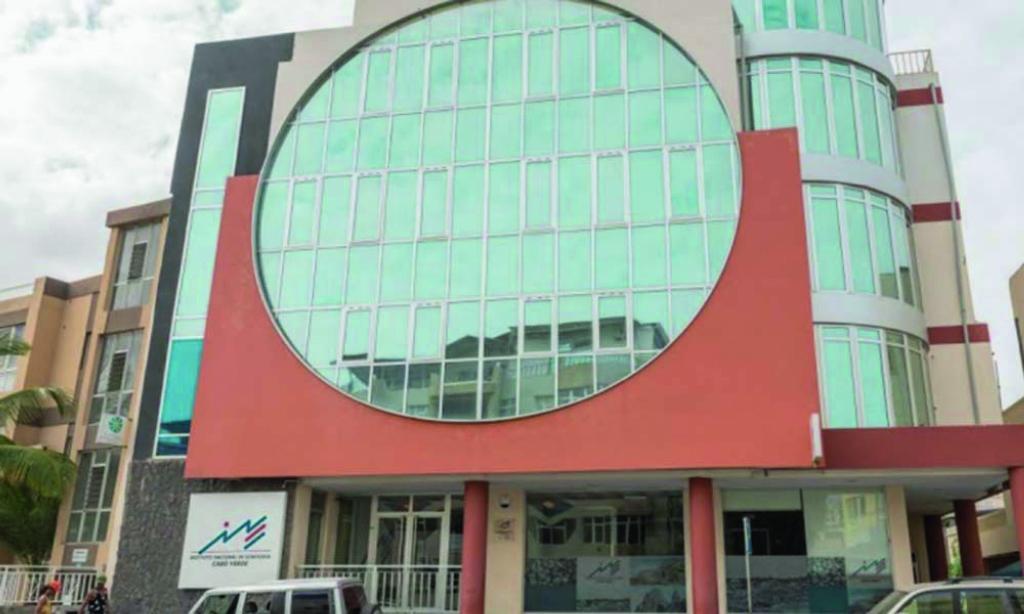Africa-Press – Cape verde. Cabo Verde recorded an unemployment rate of 8.0% in 2024, marking a significant reduction of 2.3 percentage points compared to 2023. This figure represents the lowest unemployment rate in the last three years, as revealed by the 2024 Labor Market Statistics of the National Institute of Statistics (INE)
According to the INE report, the active population in the country reached 216,287 individuals in 2024, an increase of 1.9% compared to 2023. Consequently, the activity rate was 58.3%, an increase of 0.5 percentage points compared to the previous year. The document from the National Institute of Statistics also reveals that the employed population registered an increase of 4.4% compared to 2023, totaling 198,914 individuals, raising the employment rate to 53.6%.
Analysis by demographic groups
The report shows that unemployment in 2024 reached 17,373 individuals.
Analysis by sex reveals that the unemployment rate was 7.9% among men and 8.2% among women.
Geographically, the unemployment rate in urban areas was 7.7%, while in rural areas it reached 9.4%, both values representing a reduction of 2.3 percentage points compared to 2023.
Young people continue to be the most impacted by unemployment, with the 15–24 age group recording a rate of 20.1%, followed by the 25–34 age group, with 10.4%.
In terms of location, the municipalities of São Domingos, Santa Cruz and São Lourenço dos Órgãos (all in Santiago) had the highest unemployment rates in the country, with 16.3%, 13.3% and 12.2%, respectively. On the other hand, Ribeira Grande de Santo Antão (3.2%), Sal (4.1%) and Boa Vista (4.2%) recorded the lowest rates.
Underutilization of labor and informality
Labor underutilization in Cape Verde decreased by 5.2 percentage points compared to 2023, standing at 28.4% and covering 71,583 individuals. The underutilization rate was higher among women (31.2%) than among men (26.0%).
The inactive population registered a slight decrease of 0.2% compared to 2023, totaling 154,903 individuals, and the inactivity rate went from 42.2% in 2023 to 41.7% in 2024. The majority of inactive people were young people aged 15 to 24 (36.3%), with the main reason for inactivity being the fact that they were students.
In terms of employment, the tertiary sector remains the largest employer in Cape Verde, absorbing 69.9% of the workforce (139,071 jobs). The secondary sector contributed 22.5% (44,751 jobs) and the primary sector 7.6% (15,092 jobs).
The “trade, repairs of automobiles and motorcycles” sector led economic activity, employing around 16.4% of workers.
The private business sector remains the country’s largest employer, accounting for 47.0% of jobs. The Continuous Multi-Objective Survey (IMC) 2024 also revealed that 94,561 employees worked informally, representing 47.5% of the total. The majority of these are employees (58.0%) or self-employed (34.9%). Informality is more prevalent among men (59.6%) than among women (40.4%).
Regarding young people without employment and outside the education or training system, the IMC 2024 estimated that 41,158 young people between 15 and 35 years old were in this situation, corresponding to 23.8% of the total in this age group. For the 15–24 age group, the proportion was 23.1%.
“Really good” numbers
Paulino Dias, consultant, highlights the importance of celebrating these numbers, which he considers “really good”, even recognizing that the ideal would be for unemployment to be non-existent. Dias highlights the increase in the employed population by more than 8 thousand new jobs as the most relevant indicator, with an impact on the unemployment rate, despite the reported departure of young people from the country.
When asked about the influence of emigration, Paulino Dias admits that he does not have detailed data for a precise correlation, but suggests that “the creation of jobs may have overcome the negative effect of the departure of the active population”.
The consultant warned of a methodological inaccuracy when comparing current unemployment rates with data prior to 2022.
According to Paulino Dias, the IBGE itself introduced changes to the methodology for calculating labor market indicators from 2022 onwards, following recommendations from the International Labor Organization. Therefore, “it is not correct to compare the active population of 2016 with the current one, because the concept of active population was different”.
Paulino Dias also demystifies the idea that unemployment dynamics are determined by government supply-side policies, such as employment and training programs. For him, “the dynamics of unemployment in any economy are not determined by supply-side factors, such as employment, training or internship policies, but by factors on the demand side for labor.a”. Although he acknowledges the importance of these policies, Dias argues that “if it were possible to reduce unemployment with these policies alone, it would be very easy to eliminate unemployment in Cape Verde or anywhere else in the world”. Finally, regarding the future trend of the unemployment rate, the consultant stated that it is “extremely difficult to predict, because it depends on factors on the demand side for labor”.
For More News And Analysis About Cape verde Follow Africa-Press






